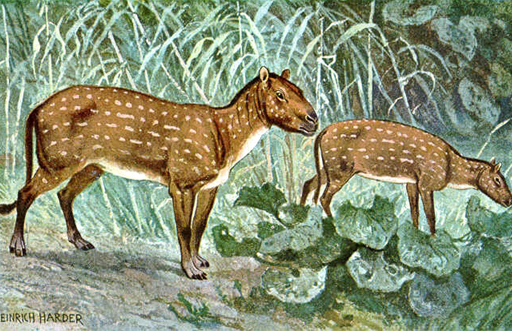5 Triangulation
No information source taken on its own can be considered completely reliable. Any article will reflect the perspective of its author. Another author might have written something quite different. There are often disagreements and controversies among experts in a field.
Before you can decide what the facts about a subject are, you need to look at different sources and cross-check them: to triangulate. This is not always straightforward. In the next section you will see that some sources should be given more weight than others. You will also learn about a scheme for evaluating online information.
One difficulty is that if you find information in one place and look for confirmation, you may come across something that seems at first to support the original source. But closer examination may show that it is not independent confirmation.
A famous example is Steven Jay Gould’s ‘Case of the Creeping Fox Terrier Clone’. While reading about Eohippus (Greek for the ‘dawn horse’), a small prehistoric horse (Figure 11), Gould was surprised to find that so many books said the animal was ‘the size of a small fox terrier’. What was the reason for this choice and the close agreement between authors?
Gould found that the fox terrier comparison seems to have been made originally by Henry Fairfield Osborn in 1904 in an article called ‘The evolution of the horse in America’. Subsequent writers were unlikely to have much idea of how big a fox terrier really is, because it is not a common breed. So the likelihood is they just copied Osborn’s description, without examining it much.
Similarly, you will often find several websites that agree closely about a topic, seeming to reinforce one another. However, further investigation may reveal that they are not independent and all refer back to one source.
In the next section you will learn about ways of evaluating information sources.

